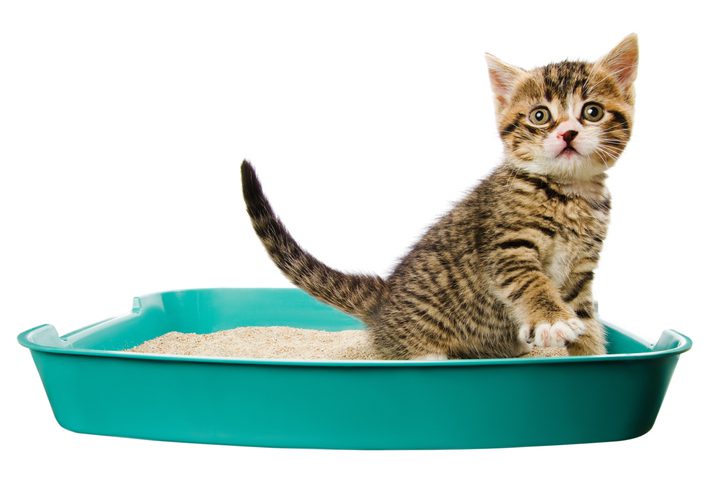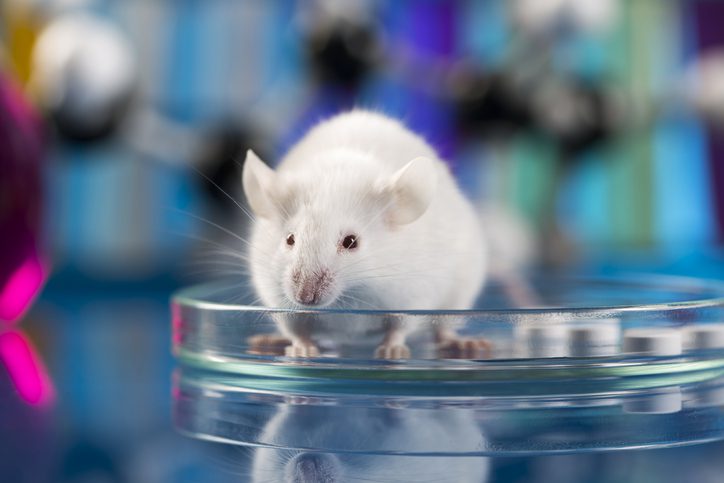Trending Now
If you’re curious about random facts that surround the animal world – or maybe you’re deciding how big of a dog you’d like to get – then you might wonder if animals that presumably have bigger bladders take longer to relieve themselves.
In 2014, scientists from Georgia Tech decided they needed to know exactly which animals spent the most time peeing, figuring that the answer would be the animal with the largest bladder.
To test this hypothesis they set up high-speed cameras to record Atlanta zoo animals as they took care of “business,” and supplemented that research with videos from YouTube as well.
In the end they looked through videos of 32 different animals peeing, and after all was said and done, they had a bit of a surprise. It turns out that mammals over 6 pounds pee for about the same length of time no matter how large they are.
If you’re still curious, that length of time is around 21 seconds on average, according to the resulting paper.

Image Credit: iStock
“The invariance is noteworthy, considering that an elephant’s bladder, at 18 liters, is nearly 3600 times larger in volume than a cat’s bladder at 5 milliliters.”
The answer to why boils down to flow rates. An elephant can dump urine faster than a cat because its urethra is wider and longer, which allows the force of gravity to act more strongly on the fluid as it pours through.
Mammals that weigh under 6 pounds have much smaller urinary tracts so they have to battle capillary action – the tendency for a fluid’s molecules to stick to themselves and to the walls of a container and flow upwards – which means they pee in small droplets instead of a flowing stream.
The researchers believe the information could help diagnose urinary issues in animals – anything a lot more or less than 21 seconds could signal a problem.
Their paper also indicates the research could have implications for infrastructure, oddly enough.

Image Credit: iStock
“By providing a water-tight pipe to direct urine downward, the urethra increases the gravitational force acting on urine and therefore, the rate at which urine is expelled from the body…Engineers may apply this result to a design system of pipes and reservoirs for which the drainage time does not depend on system size. This concept of a scalable hydrodynamic system may be used in the design of portable reservoirs, such as water towers, water backpacks, and storage tanks.”
So who knows, maybe all this research into peeing really could turn into something more than an interesting tidbit.
Here’s to science!






